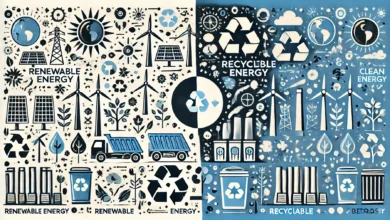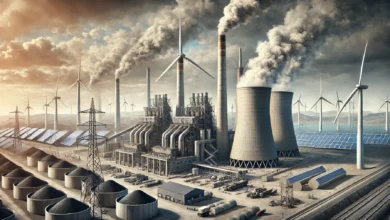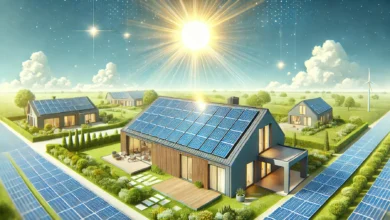Net-Zero Carbon Goals | Energy Solutions for the Future
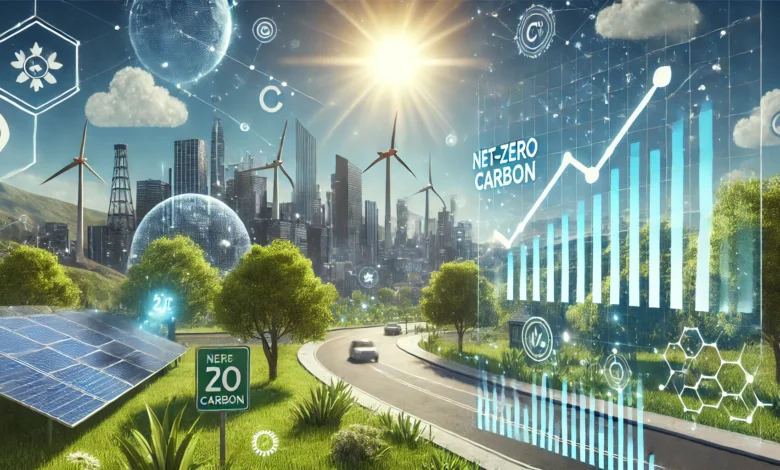
In a world grappling with climate change, the concept of Net-Zero Carbon Goals has emerged as a pivotal solution to address emissions and create a sustainable future. Governments, corporations, and individuals are striving to achieve net zero by balancing CO2 emissions through reductions and offsets. This article explores the pathway to net-zero, highlights key strategies, and presents effective energy solutions for the future.
Contents
- 1 What Does Net-Zero Mean?
- 2 Why Net-Zero Carbon Goals Matter
- 3 Energy Solutions for the Future
- 4 Global Commitments to Net-Zero Goals
- 5 Challenges and Opportunities
- 6 Tracking Progress and Staying On Track
- 7 Key Definitions and Clarifications
- 8 Net-Zero Carbon Goals | Data and Visuals
- 9 Final Analysis
- 10 Your Role in the Solution!
What Does Net-Zero Mean?
Achieving net-zero carbon goals means that any carbon emissions released into the atmosphere are counterbalanced by removing an equivalent amount. This process involves:
- Reducing US carbon emissions through renewable energy and sustainable practices.
- Investing in carbon capture and storage technologies.
- Implementing energy-efficient systems to achieve 0 emissions.
Countries and industries are increasingly aligning their policies to meet Net-Zero Carbon Goals, aiming to mitigate global warming and its impacts.
Why Net-Zero Carbon Goals Matter
1. Combating Climate Change Progress
The reduction of greenhouse gas emissions is critical for halting the rise in global temperatures. Without immediate action, temperatures may exceed 43 degrees Celsius (C), leading to irreversible damage.
2. Environmental and Economic Benefits
- Cleaner air quality and healthier ecosystems.
- Job creation in renewable energy sectors.
- Long-term cost savings through energy efficiency.
3. Tracking Progress in the US
The US carbon emissions by year show a gradual decline due to policy changes and technological advancements. However, achieving net zero by 2050 requires accelerated efforts and comprehensive strategies.
Energy Solutions for the Future
Renewable Energy Sources
- Solar Energy – Harnessing sunlight to generate electricity reduces reliance on fossil fuels and lowers CO2 emissions in the US.
- Wind Energy – Wind farms are expanding, contributing significantly to emission reduction.
- Hydropower – A reliable source for sustainable energy with minimal environmental impact.
Carbon Capture and Storage (CCS)
CCS technologies capture America CO2 emissions before they enter the atmosphere, storing them underground or repurposing them for industrial applications.
Green Hydrogen
Green hydrogen offers a zero-emission fuel source, playing a key role in sectors difficult to decarbonize, such as shipping and aviation.
Smart Grids and Energy Storage
Modernizing energy infrastructure with smart grids and efficient storage systems ensures a stable energy supply and integrates renewable sources seamlessly.
Global Commitments to Net-Zero Goals
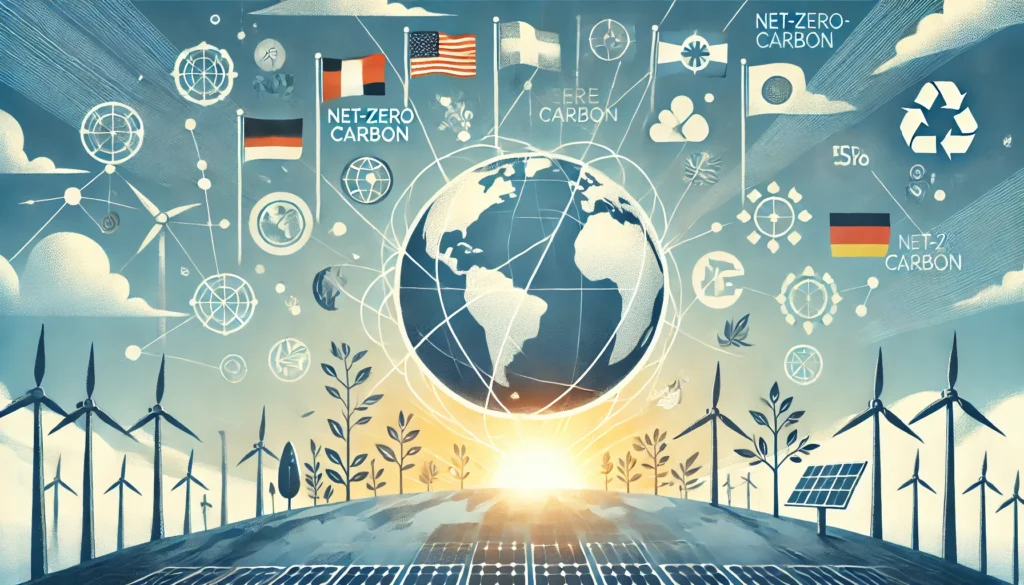
Paris Agreement and Net Zero Inc Initiatives
The N in Paris stands for nations united under the Paris Agreement, committed to limiting global warming to 1.5°C. Companies like Net Zero Inc are pioneering efforts to meet these targets through innovation.
How Many Countries Are Working Towards Net-Zero?
Currently, over 70 countries, covering 76% of global greenhouse gas emissions, have pledged to achieve net-zero carbon goals. But how many countries do we have in the world actively implementing policies to achieve this remains a critical question.
A Starting Country Example
Countries like Denmark and New Zealand serve as models, showcasing how early adoption of renewable energy and strict emission policies can lead the way.
Challenges and Opportunities
Challenges
- High initial costs for renewable energy infrastructure.
- Resistance to change in industries reliant on fossil fuels.
- Policy gaps and lack of enforcement.
Opportunities
- Expanding markets for sustainable energy solutions.
- Technological advancements driving cost reductions.
- Growing public awareness and demand for cleaner energy.
Tracking Progress and Staying On Track
Steps to Achieve Net-Zero Goals
| Steps | Importance |
|---|---|
| Assess Emissions | 5 |
| Set Targets | 4 |
| Invest in Renewables | 5 |
| Implement Policies | 4 |
| Monitor Progress | 5 |
Comparing Emission Levels by Country
| Country | Emissions (Million Tons) |
| USA | 4000 |
| China | 10000 |
| India | 2500 |
| EU | 3500 |
| Brazil | 1200 |
Monitoring emissions data and updating targets regularly ensures countries and corporations remain on track toward their Net-Zero Carbon Goals. Using metrics like US carbon emissions by year, stakeholders can make informed decisions.
Key Definitions and Clarifications
- Change Definition – Addressing climate change requires redefining growth metrics to prioritize sustainability.
- Important Other Term – Adaptation and resilience strategies must complement emission reductions.
- More Defined Goals – Clearly outlined targets and timelines drive accountability and action.
Net-Zero Carbon Goals | Data and Visuals
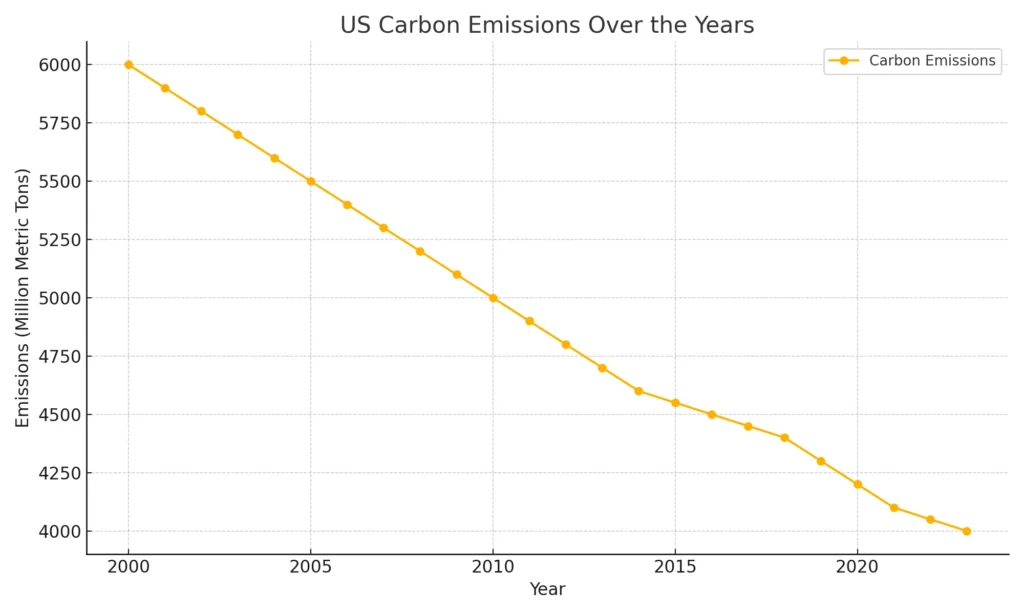
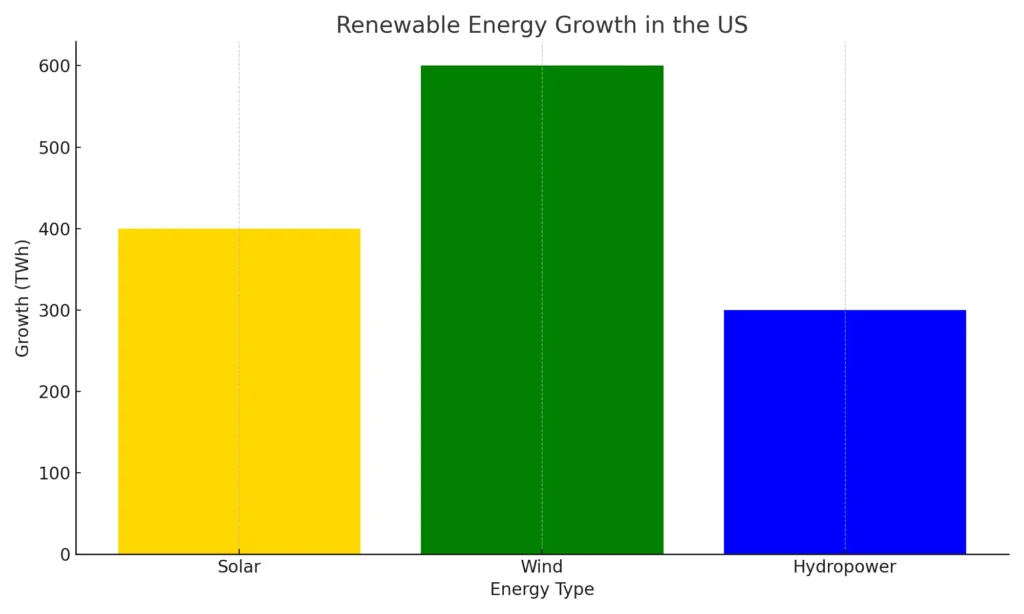
Final Analysis
Achieving Net-Zero Carbon Goals is no longer a distant aspiration but a pressing necessity. By embracing innovative energy solutions for the future, we can reduce US carbon emissions, combat climate change, and build a sustainable world. Governments, businesses, and individuals must unite to keep global warming in check and pave the way for a greener planet.
Your Role in the Solution!
Are you ready to contribute to a net-zero future? Start by adopting sustainable practices, supporting clean energy initiatives, and staying informed about emission reduction strategies. Together, we can make a difference!

